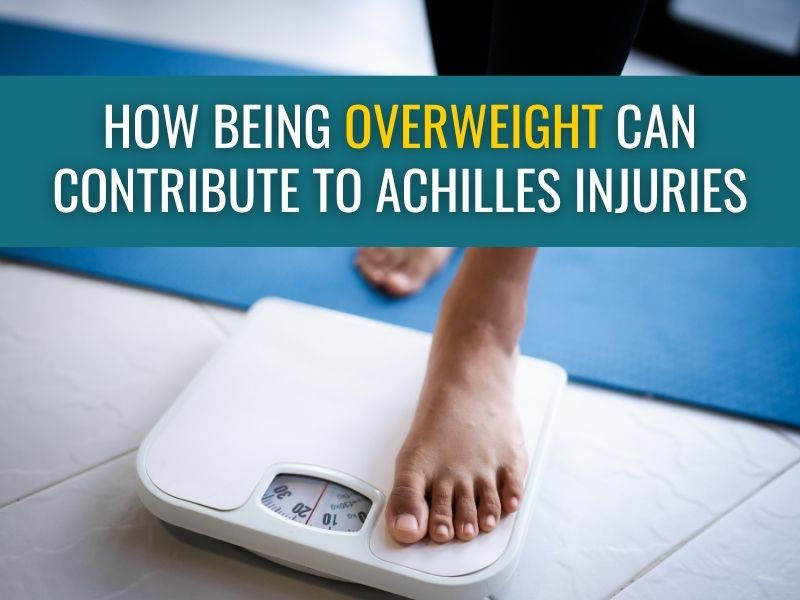Achilles tendinopathy – Is it OK to train with pain?
- Maryke Louw

- Apr 10, 2019
- 4 min read
Updated: Jun 6, 2023
The answer to this question lies somewhere between yes and no. In this article, I’ll explain how I get my patients who have Achilles tendinopathy/tendonitis to distinguish between what level of pain is OK and when pain means that they should stop and rest. Remember, if you need more help with an Achilles injury, you're welcome to consult one of our team via video call.

The terms tendinitis, tendonitis, tendinosis, and tendinopathy mean the same thing for all practical purposes, and we use these interchangeably in most of our articles.
In this article:
Do you prefer to watch and listen rather than read? Here's a video I made about this:
What does the pain in your tendon mean?
When you injure any body part, you usually develop pain or discomfort. The pain acts as a warning that your brain would like you to pay a bit more attention to that area and allow it to heal.
The problem is that our brains can sometimes amplify pain and make it feel more severe than what it should be. This often happens when we’re very worried about the implications of that injury – for example if that injury has the potential to affect your income or ruin an important race that you’ve been training for.
That’s why it’s important not to obsess about every twinge you feel in your Achilles tendon. Feeling pain/discomfort does not have to mean that you’re making your injury worse.
On the flipside, I also find that some athletes, runners especially, are at risk of ignoring the pain in their Achilles tendons when they should in fact be listening to it. Things often niggle and hurt when you run. That’s normal, and the harder you train, the more discomfort you have to learn to deal with. I find that endurance athletes often aggravate their Achilles tendons through training because they genuinely don’t notice the pain until it’s too late.
This is why it’s extremely useful to work with a physio who can help you analyse your training programme, link that up with your symptoms and work out a recipe that you can use to guide your training – to decide how much pain is OK or not.
I have to be honest, most athletes prefer to be in charge of their own training, so my aim is always to help you identify your warning signs (they're different for different people) yourself and how you can tell whether you’re training at the right level. If you get it right, you’ll be able to train and allow your Achilles to recover at the same time.
The 24-hour response is important
The interesting thing about injured tendons is that whilst you may feel some pain at the beginning of a training session, the pain often goes away while you’re training. It’s often only hours later or the next morning when you wake up that you realise that you may have overdone it and aggravated your injury.
This means that monitoring the pain that you feel at this moment in time is not the best way to tell if an activity will make your Achilles tendon pain worse. You have to really look at your symptoms over the next 24 hours. If there is no lasting increase in stiffness or pain, it may mean that that training session/activity was OK to do.
Some signs that the training session was too much for your tendon include things like if you find you have to hobble more than the previous day or your Achilles takes longer to loosen off or it aches more.
Some pain/discomfort is absolutely fine
The research has consistently shown that it’s OK to get some pain in your Achilles while doing your strengthening exercises. In all the research studies that I’ve read about strength training and exercise for Achilles tendinopathy, the researchers have always allowed the participants to experience pain up to a level of 3/10 (where 0 is no pain and 10 is excruciating pain).
In practice I find that people struggle with “knowing” what 3/10 pain is for them. I find it works well if I tell them that it’s OK to have “some discomfort” while doing their exercises or running, but not what they class as pain. And as long as the discomfort stops within a few minutes of doing their exercises AND there is no increase in their symptoms during the next 24 hours (especially the next morning) it means that that level of pain or discomfort that they felt during training was absolutely fine. They can then use that as a gauge to guide their future training sessions.
How we can help
Need more help with your Achilles injury? You’re welcome to consult one of the team at TMA online via video call for an assessment of your injury and a tailored treatment plan.
We're all UK Chartered Physiotherapists with Master’s Degrees related to Sports & Exercise Medicine. But at Treat My Achilles we don't just value qualifications; all of us also have a wealth of experience working with athletes across a broad variety of sports, ranging from recreationally active people to professional athletes. You can meet the team here.

About the Author:
Maryke Louw is a chartered physiotherapist and holds an MSc in Sports Injury Management. You can follow her on LinkedIn, Facebook, Twitter, and Instagram.












